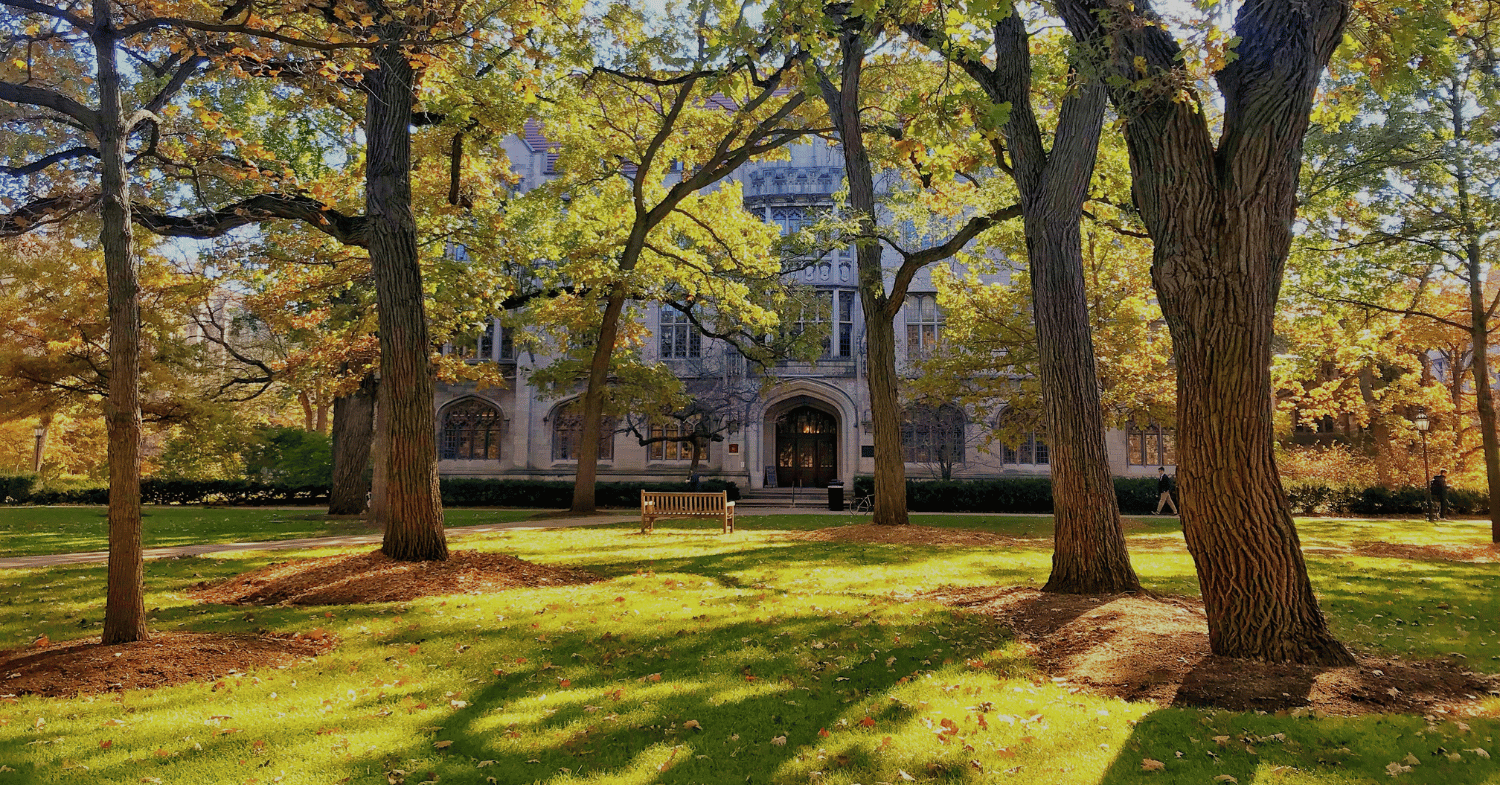10 things you need to know about studying in the US
The United States is a fantastic destination for students from all around the world. It’s not difficult to see why: the US has world-class universities, an incredibly wide range of academic programmes on offer, and a multitude of great places to live. However, studying in the US does present some challenges–particularly financial ones. If you’re thinking about applying to US colleges, here are 10 key things you should know.
Table of content
1. Application process and requirements
2. Standardised tests: SAT and ACT
3. Application platforms: Coalition App and Common App
4. Essays, extracurriculars, and letters of recommendations
6. Choosing the right school: Ranking vs. fit
7. Cultural differences: Academic and social life
8. Visa requirements and work allowance
9. Living arrangements and healthcare
10. Networking and career opportunities
1. Understanding the application process and requirements
Some countries, like the UK for example, have a centralised admissions system. This allows students to submit and control all their applications through one database. However, most colleges in the US have their own application processes. It’s true that some schools follow a common set of general guidelines, but the requirements do vary from place to place. Most likely, you’ll need to submit:
- High school grades transcripts
- Standardised test scores
- Personal statements or essays
- Letters of recommendation
- A list of your extracurricular activities
- And proof of your financial ability
Fulfilling these requirements can be tricky, which is why expert guidance offered by A-List advisors, can be really helpful in ensuring everything goes smoothly for you.
2. Standardised tests: SAT and ACT
Many universities require applicants to submit standardised test scores: either the SAT or ACT.
After the pandemic, some schools are adopting a test-optional policy, which means that you can choose whether you want to submit test scores or not. However, more and more top universities are bringing back their standardised test score requirements, proving that a strong standardised test score will enhance your application, especially if you don’t have a glittering list of extracurriculars to show off.
Check out our various guides on how to decide which test is right for you and how to study for each section:
SAT vs. ACT: What's the difference?
3. Application platforms: Common App and Coalition App
Most universities accept applications through platforms like the Common Application and the Coalition Application. Essentially, these apps allow students to apply to multiple colleges using a single application. However, each university may also have its own set of additional requirements, or even their own application platform, so you need to check their websites carefully before applying.
Comparing the Coalition App and Common App
4. Essays, extracurricular activities, and letters of recommendation
Don’t forget that there’s more to your application than just grades and test scores. US universities place a huge amount of importance on personal essays and statements, extracurricular activities, and letters of recommendation from influential people in your life.
A compelling personal statement that attests to your strong character and work ethic, for example, could set you apart from other applicants.
Colleges also value students who show leadership, commitment, and conscientiousness outside of the classroom, for example through participation in groups, clubs, and community projects. Knowing what a good activities list includes which highlights your commitment to the community and to your chosen subject area will prove to admissions officer that you are a good fit for the university.
Lastly, strong letters of recommendation from people who know you well (e.g. teachers, coaches, and mentors) can highlight your abilities and character.
5. Cost of education and financial aid
Studying in the US can be extremely expensive, with tuition fees commonly ranging from $20,000 to $60,000 per year. On top of that, you’ll have to consider housing costs, living expenses, health insurance, and travel costs. Don’t despair, though: lots of US colleges offer financial aid and scholarships for international students.
6. Choosing the Right University: Rankings vs. Fit
University rankings are of course a useful tool, but they shouldn’t be the only thing you’re thinking about when applying. Attending a prestigious college might result in better job opportunities in the long run, but you should also consider location, climate, size, programmes, financial factors, and campus cultures when choosing a college. Virtual tours, YouTube videos, forum discussions, and campus visits can help you make the right decision for you.
How to choose a US college if you can't visit in person
7. Cultural differences: Academic and social life
US universities offer a unique academic structure with a liberal arts system that enables students to explore a range of different subjects before choosing a major. If you’re not sure exactly what you’d like to end up studying, or you just have a really wide range of interests, this system could work perfectly for you. Moreover, US college campuses are highly diverse, with lots of different clubs, organisations, and sports teams.
8. Visa requirements and work allowance
International students must obtain an F-1 visa, which requires proof of your admission to a US college, financial documentation, and a valid passport. On this visa, you can work on-campus, but off-campus employment might be restricted (this could factor into your financial situation at college, so make sure to look into all the rules and regulations online). Then, after graduating, students may apply for Optional Practical Training (OPT), which allows temporary work in your field of study.
9. Living arrangements and healthcare
Most freshmen (first-year students) live on campus in dormitories, which can help you hit the ground running by providing a welcoming, home-like atmosphere. Off-campus housing is also an option, but this requires careful planning and is not generally recommended for first-years.
In terms of healthcare, most colleges require students to have health insurance, which you might have to pay for privately. Campuses do also have health centres, but these usually only provide basic services, so it’s really important to understand how to access healthcare off-campus as well.
10. Networking and career opportunities
Studying in the US can offer excellent career and networking opportunities, including internships with major companies, high salaries after graduation, expansive alumni networks, and career services that can help you with, for example, resume writing. But of course, you’ll only get out of these opportunities what you put in!
Conclusion
Studying in the US can be a life-changing experience, but that isn’t to say it’s easy. Moving to a new country requires a lot of thought, planning, organisation, and courage, and you’ll need to deeply consider all the above factors and how they apply to you.
At A-List, we offer Private Consultations and University Advising sessions to help students find the right place for them, craft the strongest possible applications, and maximise their chances of success. Book a free discovery session with us today to find out how to get started on your US university journey.



